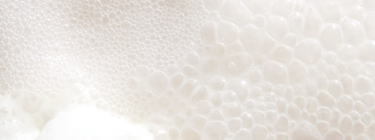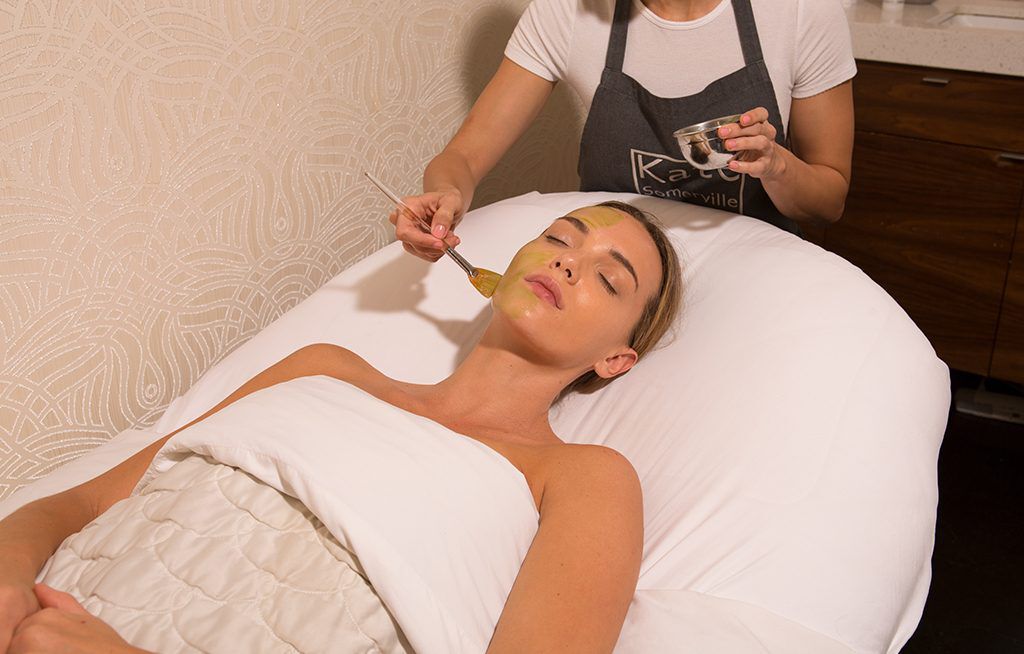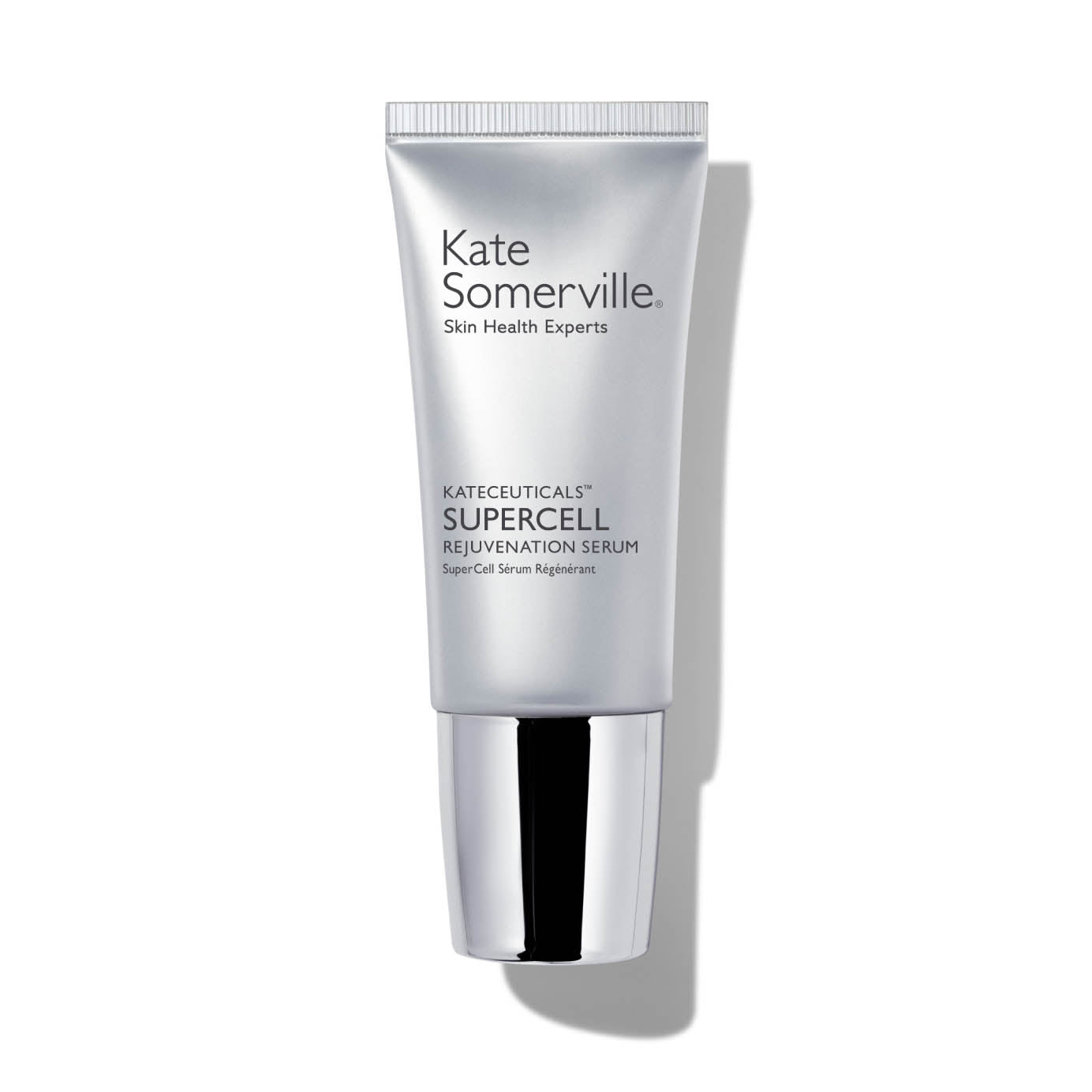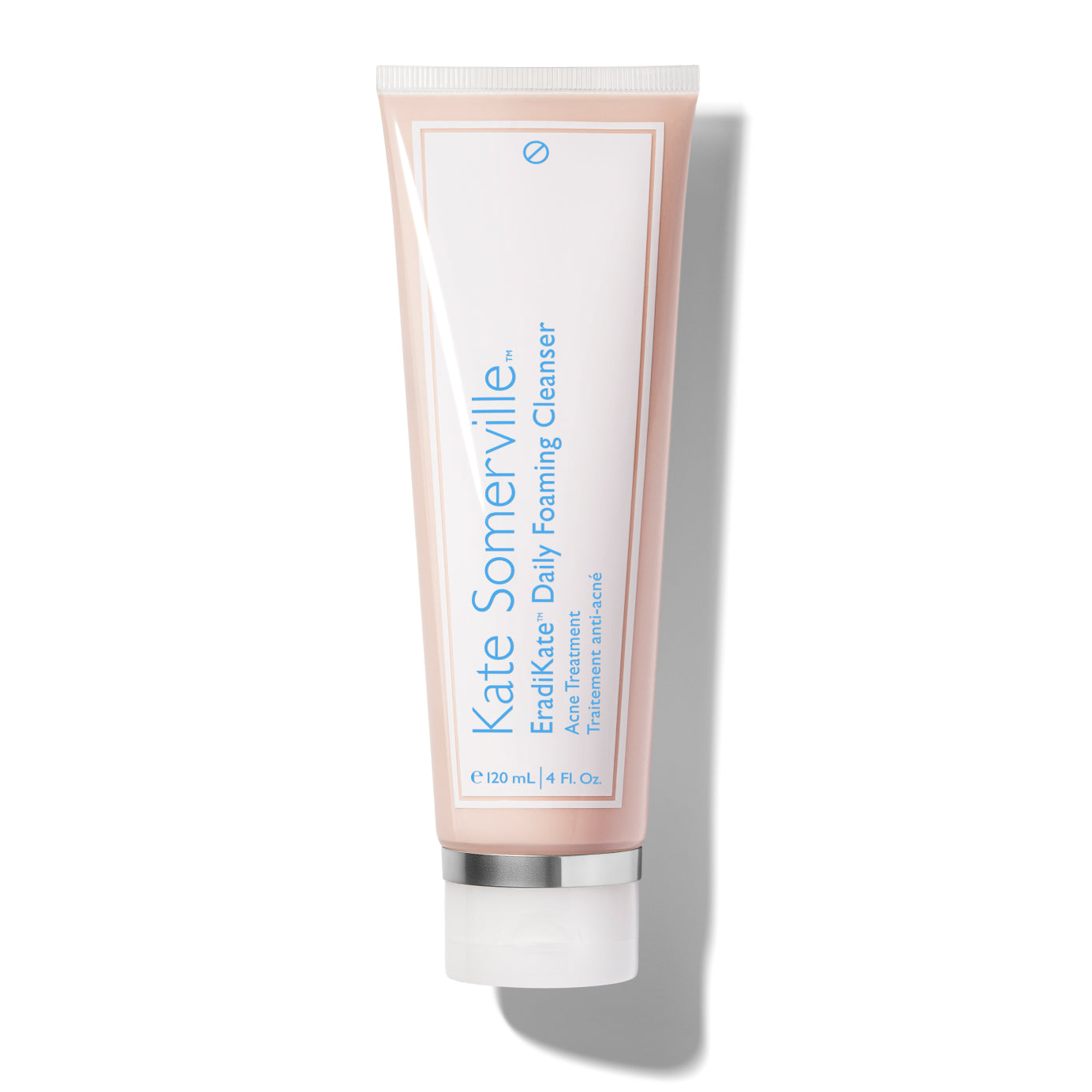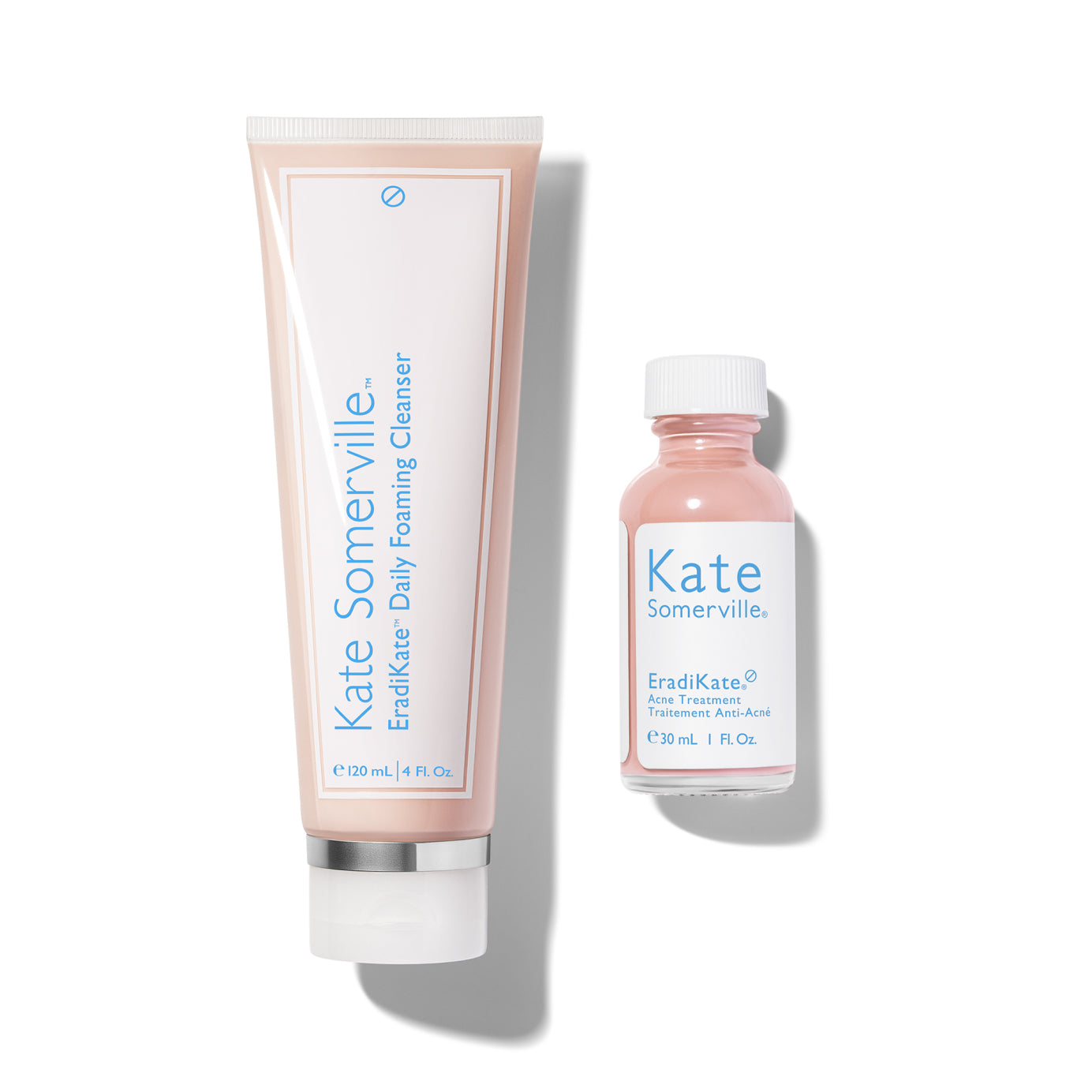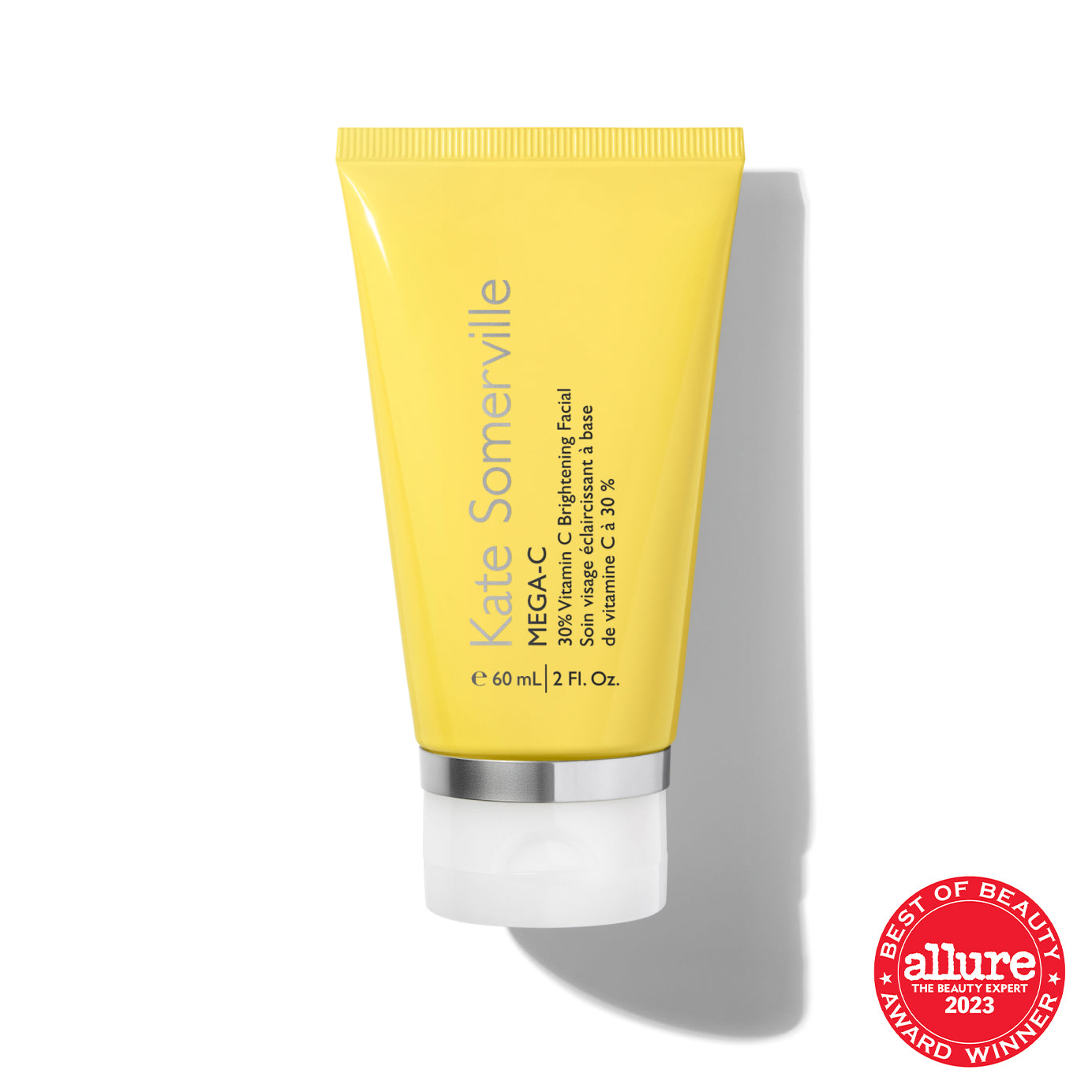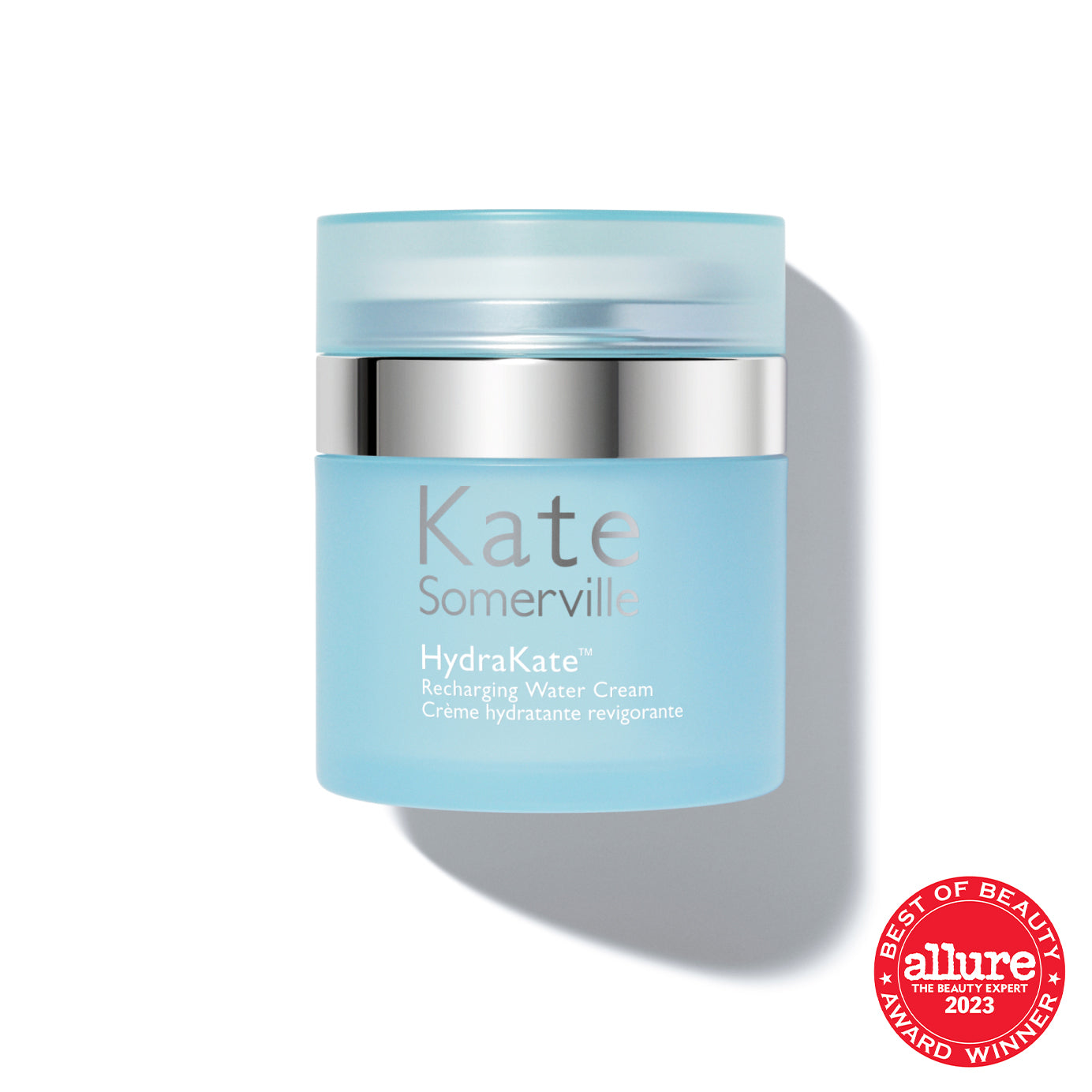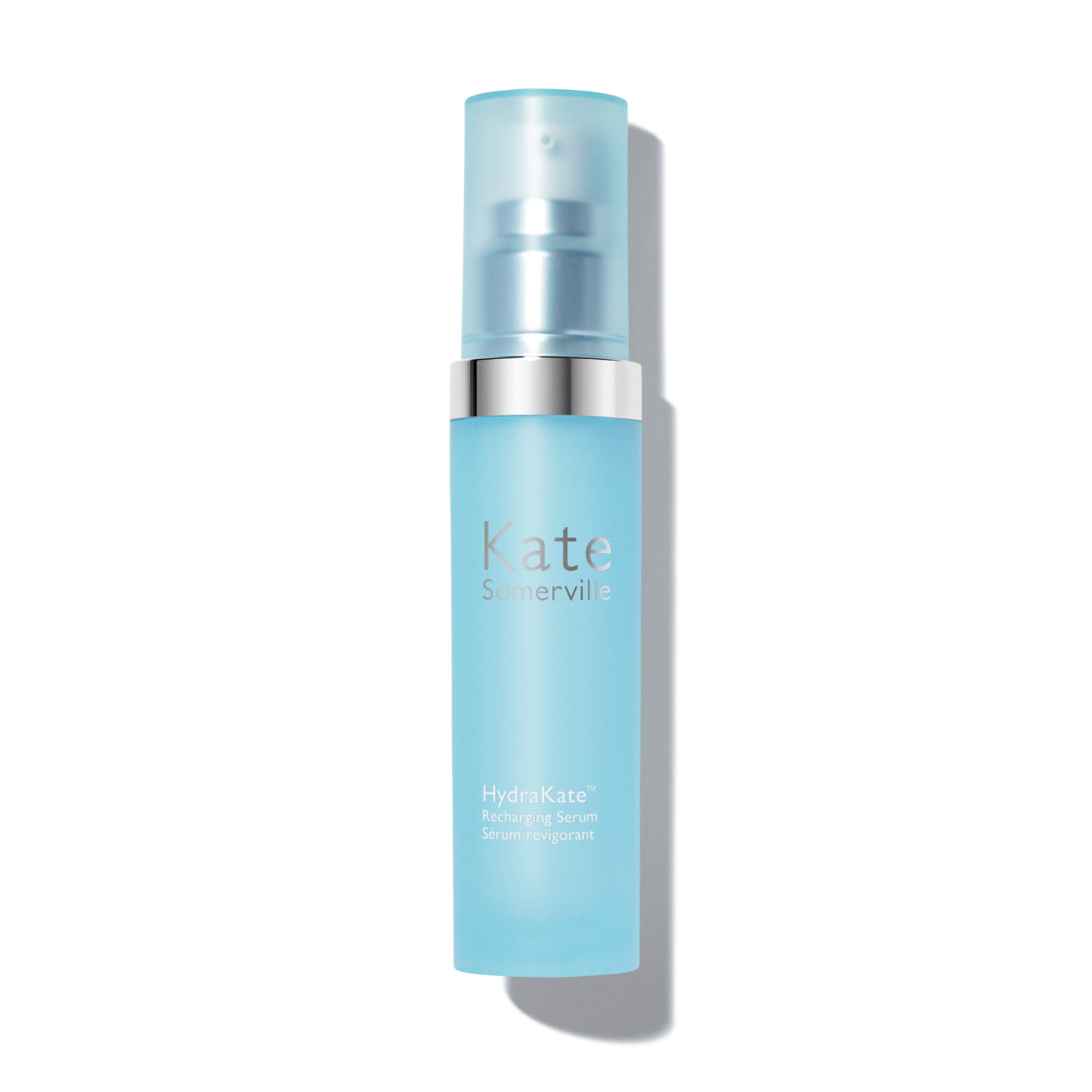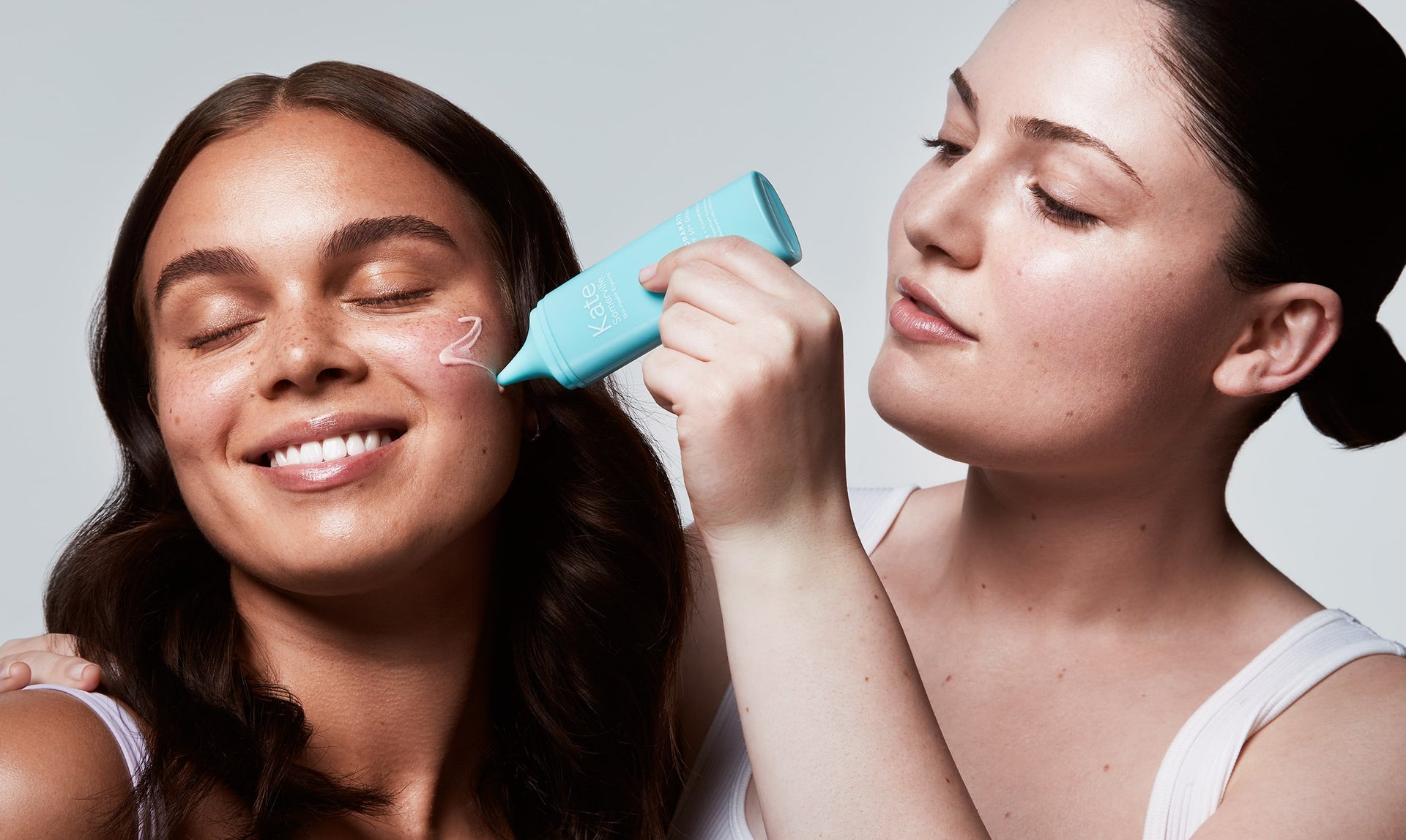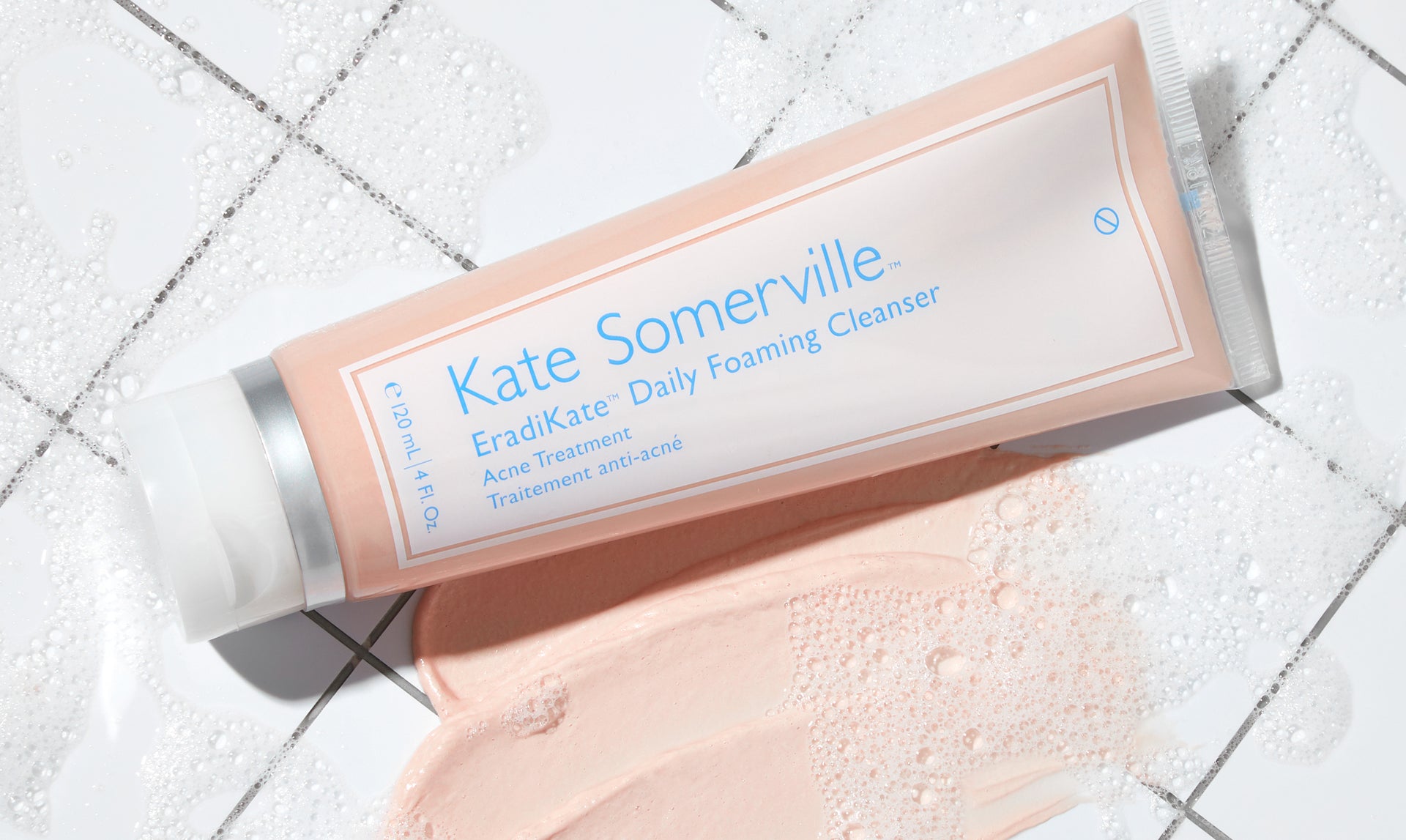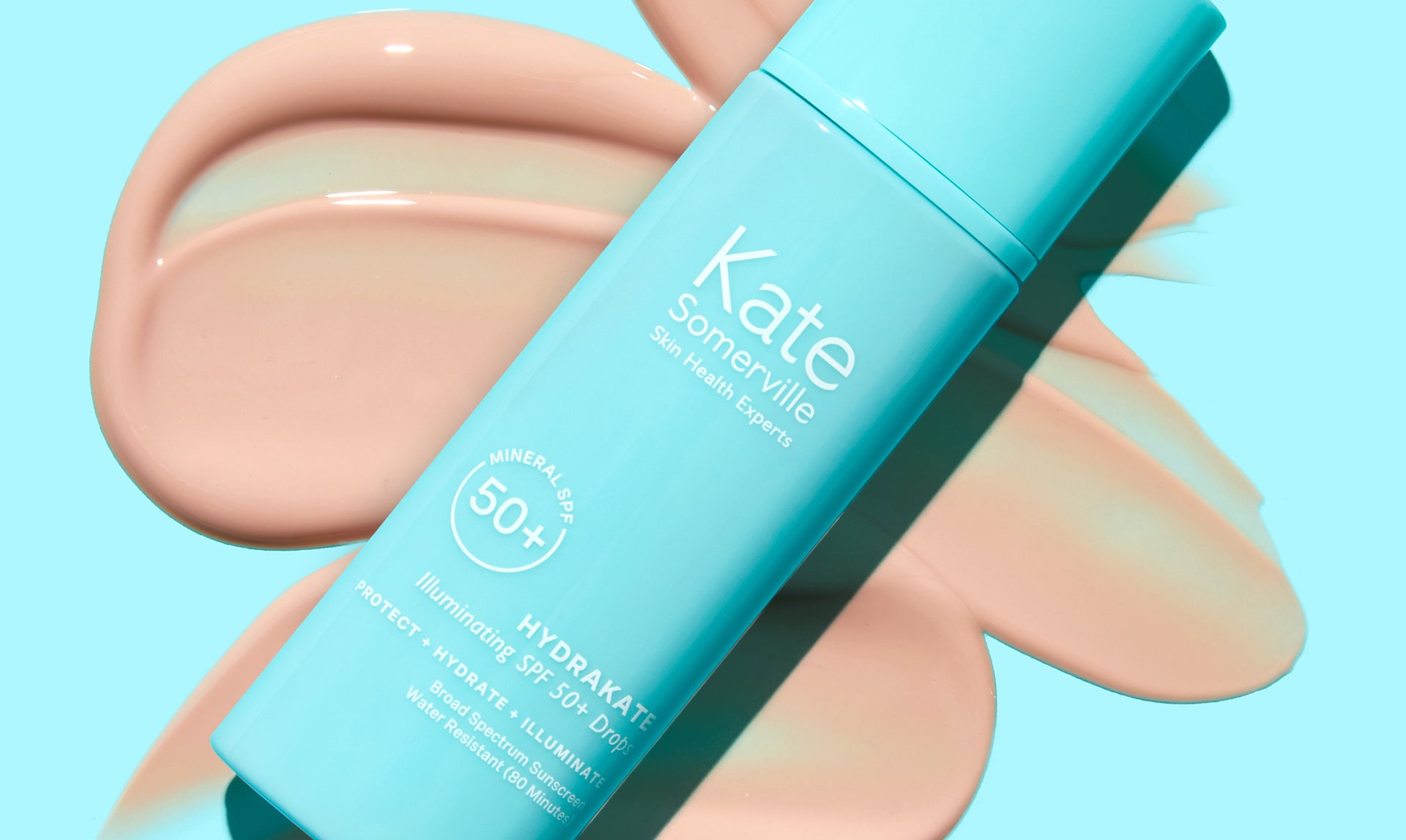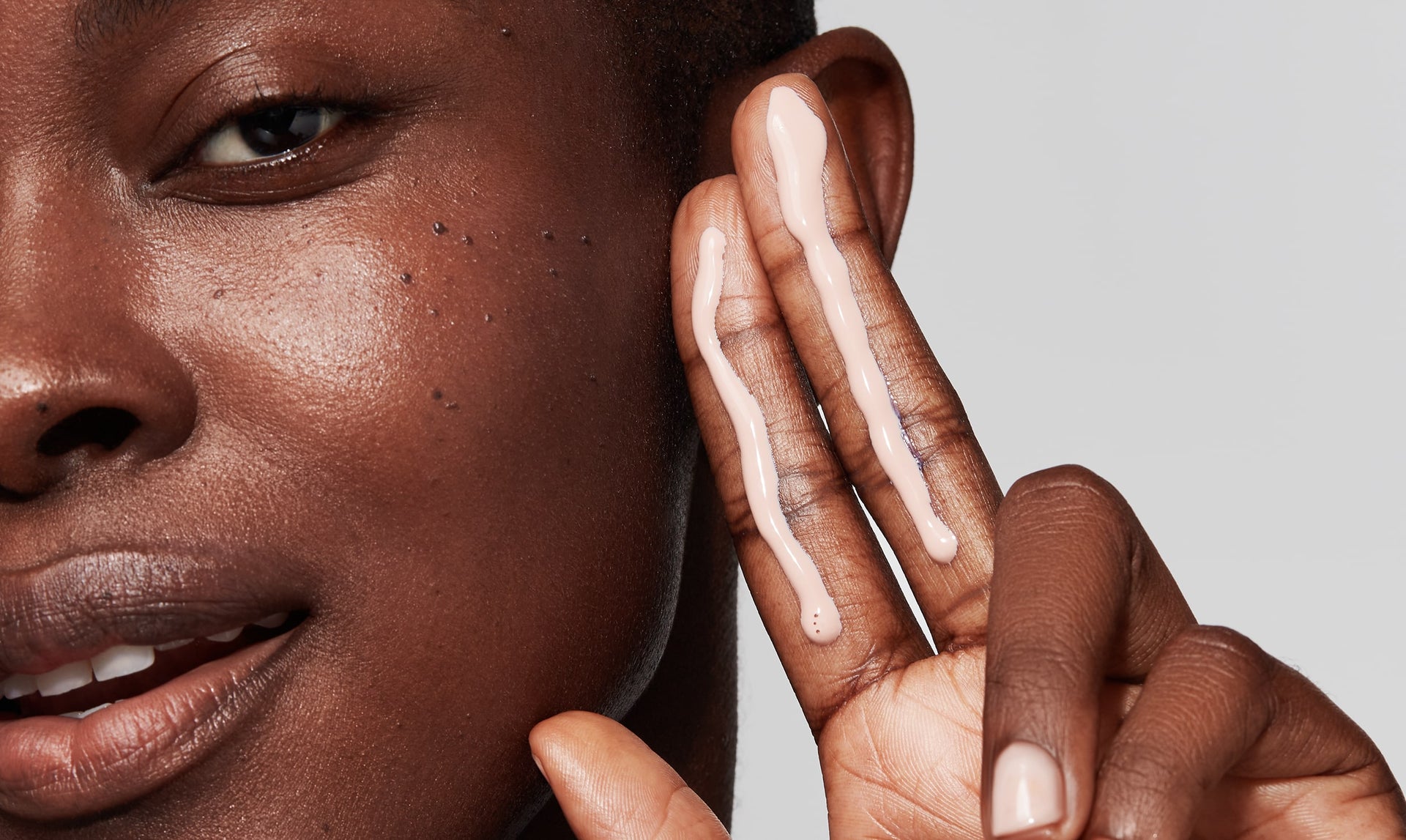Who doesn’t dream of flawless, glowing skin? Exfoliation is one way to improve your skin and achieve the “Hollywood glow” you’ve always craved. To get there, it’s important to first understand the benefits of exfoliating, which we’ve summed up in the breakdown below:
• Evens out Skin Tone - When dead skin cells are removed from the surface of the skin, the brown patches and sunspots will appear less noticeable.
• Unclogs Pores - Removing dead surface cells and other debris from the skin helps to clean out your pores.
• Minimizes Appearance of Pores - Similarly, when pores are clear of dirt and debris, they appear smaller.
• Reduces The Appearance of Fine Lines & Wrinkles - Because the newly exposed layer of skin reflects light better, fine lines and wrinkles can become less visible.
• Prepare Skin for Other Products - Finally, removing the top layer of damaged and dead surface cells allows other products like moisturizers and serums to absorb better into the skin.
If you are new to skin care, you might be wondering, what exactly is exfoliation, and how do I start? Continue reading as we dive deeper into the importance of exfoliating!
What is Exfoliation?
Clearly, there are many benefits of exfoliating your skin, but what exactly is it? Simply put, exfoliation is the removal of dead surface skin cells from the outermost layer of the skin [1].
Mistakenly, many people think they only need to exfoliate when they have acne and should avoid it if they have sensitive skin. In reality, exfoliation is safe for every skin type, but you need to pay attention to how your skin reacts in order to determine the appropriate frequency of your exfoliation.
Types of Exfoliators
Fortunately for everyone, you have options when it comes to exfoliation. There is no single method that works substantially better than others, so it is all about finding what works best for you and your skin. The two primary methods of skin exfoliation are physical and chemical, which is less scary than it sounds [2].
Physical Exfoliation
This method uses either a tool, such as a brush or a sponge, or substrates, like oatmeal or even sugar, to physically remove the dead skin cells from the surface. The effectiveness of this method depends on the amount of friction and the nature of the abrasive substance used. It is also important to use caution when working with a physical exfoliator, because excessive abrasion can result in skin irritation. The best product for you will greatly depend upon the thickness and sensitivity of your skin. Fortunately, a variety of particles can be used for exfoliation, and today’s products encompass a wide and varied selection. However, it is important to keep in mind that physical exfoliation is based on the particle size and the shape of the particle. You can actually tear your pores if the particles are not round.
Larger Granules
Such substances include pumice or silicates crystals. These products should be used with caution, and you will want to be sure not to scrub too harshly to avoid abrasions.
Smaller Granules
Drier, more sensitive skin will benefit from a physical exfoliant with smaller granules - this decreases the likelihood of small skin tears. For a light exfoliation, look for products that contain ingredients like jojoba beads. Natural oils can be formed into beads and melt, providing a natural alternative to microbeads.
Seeds & Crushed Nut Shells
Although it is tempting to use these products because of their all-natural appeal, they are not always appropriate for all skin types. Natural products like crushed nut shells, seashells, and ground fruit pits or seeds have uneven edges that can damage skin. If you use these ingredients make sure they are ground finely into powder.
When it comes to physical exfoliants, the best scrub is the one that is effective in removing your dead skin cells but, at the same time, is gentle on the skin underneath. Kate Somerville’s exfoliating masks are designed to gently reveal brighter, softer skin.
Chemical Exfoliation
Chemical exfoliation relies on a number of substances, like acids or enzymes, to help dissolve surface skin cells. There are a number of different ingredients you can look for when it comes to chemical exfoliants, including:
• Alpha Hydroxy Acid (AHA) - Among the most common types of light chemical peels, the AHA family of acids can be derived from natural sources, like fruit, milk or sugar. Two of the most widely used ingredients for skin care products are Glycolic Acid, which is made from sugar, and Lactic Acid, made from milk [3].
• Beta Hydroxy Acid (BHA) - The most commonly used BHA is Salicylic Acid. These ingredients differ from AHAs in that they are able to penetrate into the hair follicle and exfoliate the pores, removing lingering dirt and grime. BHA exfoliants are also considered a light chemical peel. Today, there are even many natural sources derived from substances such as white willow bark and wintergreen.
• Retinol - Most popular as a way to turn back time, Retinol converts to Retinoic Acid in the skin and is both a potent skin exfoliation and anti-aging agent. Specifically, Retinol has been seen to reduce the visible signs of sun damage as well as normal chronological aging when used on a daily basis.
• Enzymes - These biological substances stimulate exfoliation by digesting dead skin cells chemically. The enzymes decompose dead surface cell proteins into smaller fragments, which causes a softening effect of the skin and thus, dead skin cells can be easily removed. The process, unlike AHAs, is not pH dependent and is instead activated by water limiting the amount of exfoliation that can be achieved. Enzyme exfoliants work in the same way as acid-based ones, but at a much slower pace, which allows for an extremely safe and gentle exfoliating process [4].
Both physical and chemical exfoliants can cause irritation to the skin so it is crucial that you find the right product for your skin.
Exfoliation Tips
Kelly Viavattine is not only one of our Kate Somerville Skin Experts at the Melrose Place Clinic, she is also the esthetician that many celebrities trust to give them skincare advice. But you don’t have to be famous to get her counseling when it comes to exfoliation! Here are some of her most important tips for everyone to know when it comes to their skincare routine[5].
• Start With Clean Skin - Exfoliation should not be the first or only step in your skincare regimen. Instead, you should use your cleanser and toner prior to exfoliation to ensure that you have removed any surface dirt, leaving the skin properly prepared for exfoliation.
• Mix Exfoliants - A scrub that contains Lactic Acid or Glycolic Acid with a slightly abrasive texture added will help to clean pores while removing dead skin cells. Glycolic pads can be beneficial as well since the ingredients combined with the texture of the pad produce a similar effect.
• Pay Attention to Instructions - Nearly all exfoliators list instructions for use on the packaging, and you should definitely pay attention to these! If you are using a mild exfoliator, you can probably use it every day - but if it is more active, you will only want to use it once or twice a week, depending on your skin’s tolerance.
• Use ExfoliKate® - “Like a facial in a jar,” Kelly says this is one of her favorite products for all her clients to use. She boasts that “we did a clinical trial and it produced amazing results.”
Adding Exfoliation to Your Routine
Adding a new product or step to your skincare routine can be intimidating, but the benefits can be outstanding. Just as Kelly said, the frequency of your exfoliation will greatly depend on the intensity of the product and your skin type.
When in doubt, just remember that you want to layer your products from light to heavy. Lighter products are able to penetrate the skin quickly and help to prepare the skin for later products. Heavier products should be added on top of lighter products to add a protective barrier.
Exfoliation is essential in a skincare regimen! Do you want to focus on anti-aging? Exfoliate. Do you want a brighter complexion? Exfoliate. Do you want smaller-looking, cleaner pores? Exfoliate! If it is not already a part of your regular skin care regimen, add it in today! Find the right product for you and get started. You won’t regret it when you begin to see healthier looking skin staring back at you from the mirror.
Sources:
- https://www.aad.org/public/skin-hair-nails/skin-care/exfoliation
- https://www.dermveda.com/articles/the-science-of-exfoliants-physical-vs-chemical
- https://www.ncbi.nlm.nih.gov/pmc/articles/PMC3047947/
- https://www.katesomerville.com/exfoliation-products-exfolikate-how-to-exfoliate
- https://www.aad.org/public/skin-hair-nails/skin-care/exfoliation
